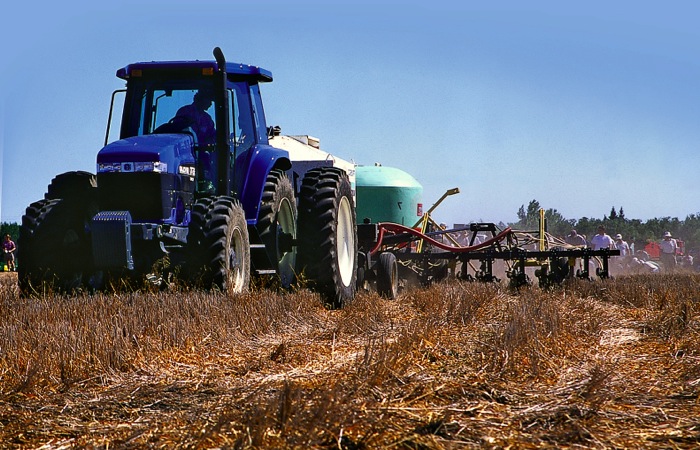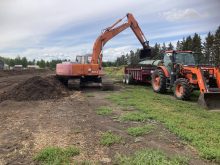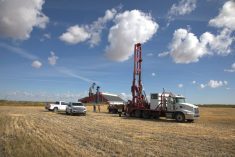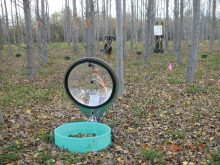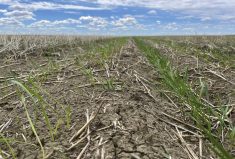Does variable-rate fertilizer application pay off?
Sure it does — if you can find the areas of the field that need it, suggests a recent financial analysis of variable-rate technology (VRT) conducted in Lethbridge.
“The more fertilizer you put on, the better results you get,” said Mark Wobick, a farm management consultant with MNP. “But is there a financial benefit to finding areas of the field that would benefit from more fertilizer or less? Yes, but the trick is finding those areas of the field.”
MNP conducted a margin analysis study based on data from an Alberta Agriculture and Rural Development research project on variable-rate fertilizer. The analysis looked at whether there was a financial benefit to applying more fertilizer, as well as varying the rate of fertilizer.
Read Also
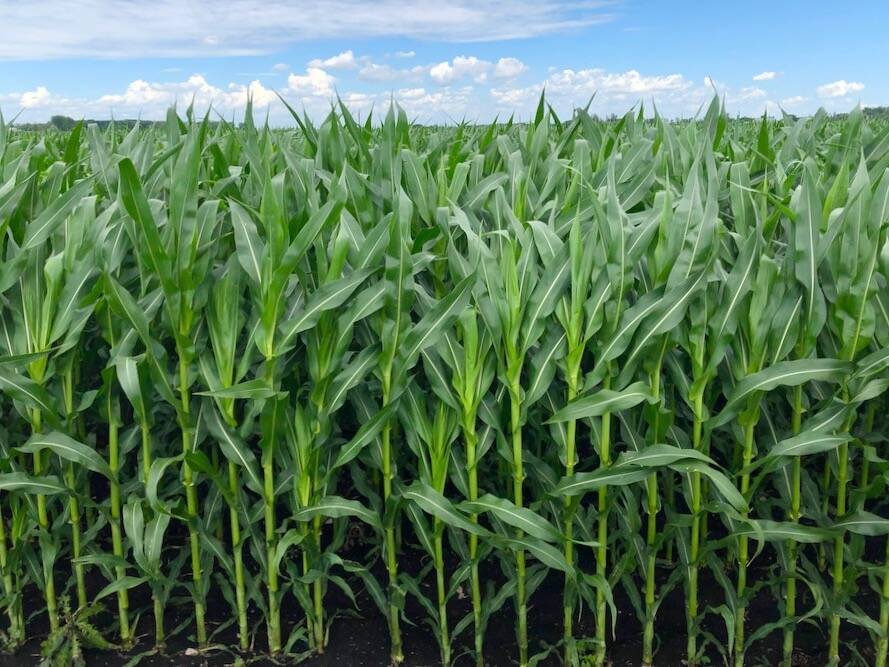
Nutrien pays farmers for efficient nitrogen
Nutrien’s Sustainable Nitrogen Outcomes (SNO) program pays Prairie farmers to limit nitrogen loss and, therefore, fertilizer-related greenhouse gas emissions.
The results were “variable.”
“When we looked at the results here, they were very inconsistent,” said Wobick, who will be giving a presentation on the study at Agronomy Update 2015 in Lethbridge on Jan. 20.
“There’s no real clear pattern in the data.”
If producers can find areas in their fields that “deserve a different treatment,” there is a benefit, said Wobick — but the benefit may not outweigh the costs of variable-rate technology.
“Once you find those areas of the field, is the benefit worth the specialized equipment or the consulting fee? In some cases, yes, and in some cases, no, but there was no real clear pattern,” he said.
“In some cases, there was a benefit, and in others, the costs were higher. It’s not a slam dunk one way or the other.”
Some results from the study do “jump out” though, said Wobick.
The analysis showed that, more than variable-rate technology, “the basics” had a greater impact on the bottom line.
“You really need to get the basics right first,” he said. “That’s making sure you’re growing the right crop, making sure you have the agronomy right, and making sure you manage the risk of the commodity price and the fertilizer price.
“Both those things can fluctuate and have a far greater impact on your business than putting a whole lot of effort into finding places in the field that may or may not benefit from some variable rate.”
Wobick cautions that the analysis is based on only one set of data and may not speak to wider industry results. Even so, each producer needs to consider whether variable-rate technology is a good fit for their individual farm based on their management and finances, he said.
“I think they need to think critically before they jump in with two feet into VRT,” said Wobick.
“It’s important to walk before you run.”

